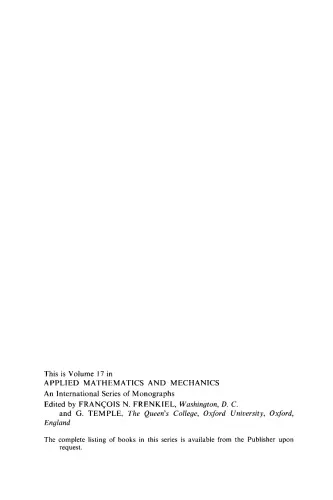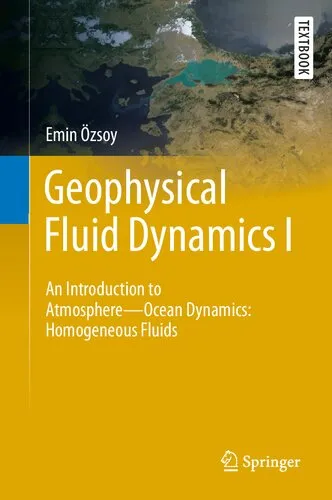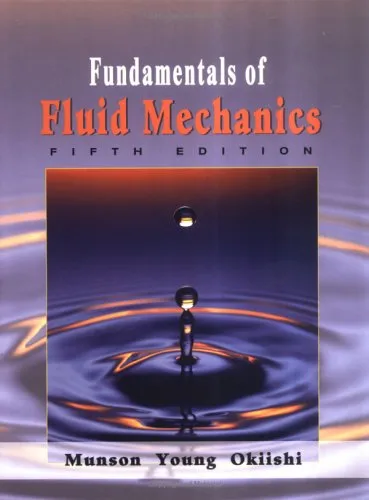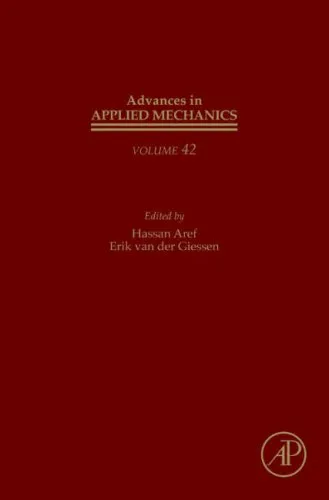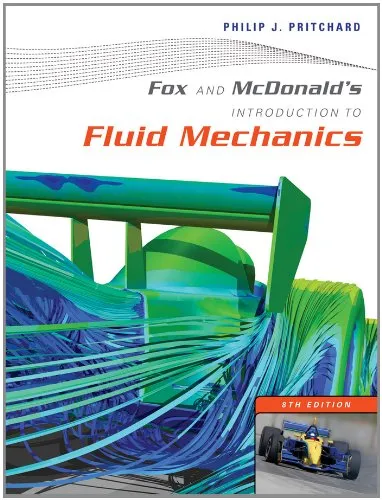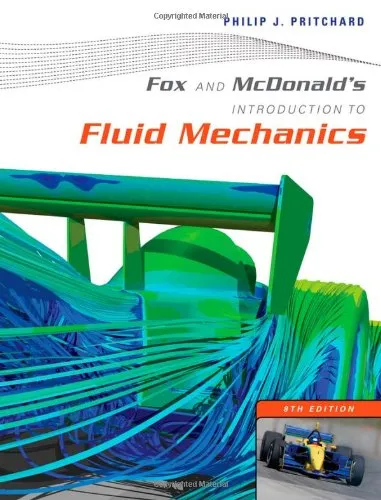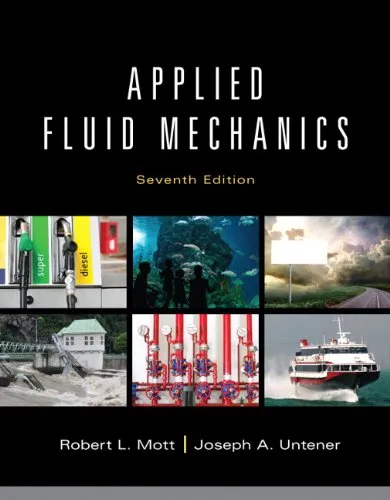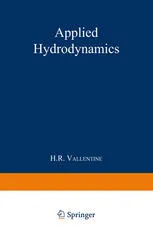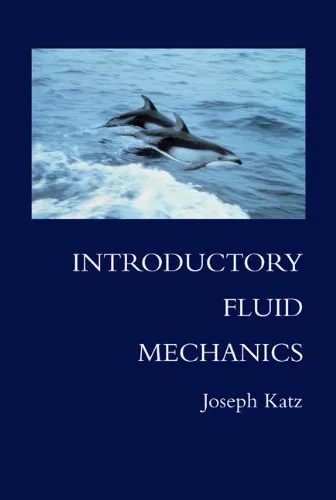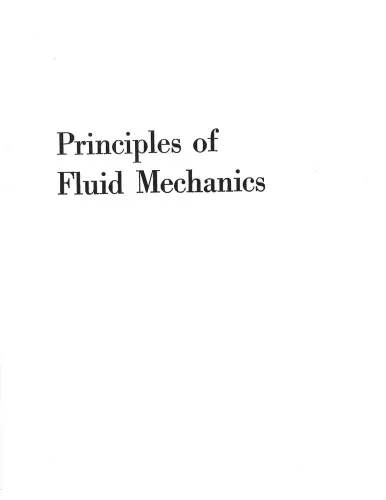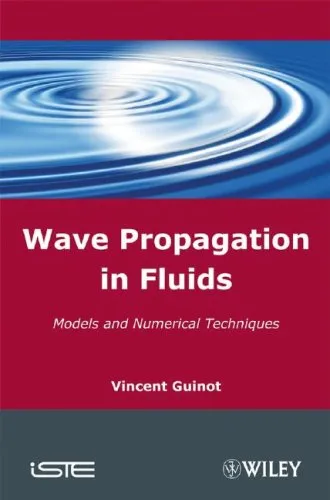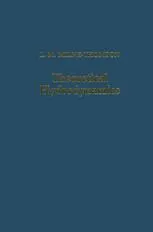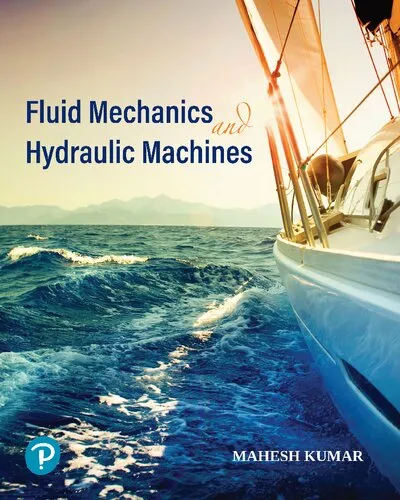Mechanics of Flow-Induced Sound and Vibration General Concepts and Elementary Sources
4.5
Reviews from our users

You Can Ask your questions from this book's AI after Login
Each download or ask from book AI costs 2 points. To earn more free points, please visit the Points Guide Page and complete some valuable actions.Related Refrences:
Introduction to Mechanics of Flow-Induced Sound and Vibration: General Concepts and Elementary Sources
Flow-induced sound and vibration is an area of significant academic and industrial importance, with applications ranging from aeronautics and mechanical systems to energy production and environmental conservation. This book, authored by William K. Blake, serves as a comprehensive guide to the fundamental principles and mechanisms that govern the generation, propagation, and control of sound and vibration induced by fluid motion. Combining theoretical depth with practical insights, the text is designed to serve as both a reference and a learning tool for engineers, physicists, and researchers in the interdisciplinary fields of acoustics, fluid dynamics, and vibration analysis.
The book is an indispensable resource for understanding the intricate relationship between fluid flow and acoustic phenomena. It explores systematically how fluctuating forces in unsteady flow fields lead to noise generation, shedding light on fundamental sources like turbulent flows, aerodynamic forces, and structural responses. Through detailed mathematical formulations, physical interpretations, and illustrative examples, the book bridges the gap between theoretical foundations and applied engineering solutions.
Detailed Summary
The book is meticulously divided into sections that build a structured overview of flow-induced sound and vibration phenomena. It begins with the basic physics of acoustics and fluid dynamics, laying groundwork for newcomers while providing valuable refreshers for experienced readers. Concepts such as sound wave propagation, energy transmission, and fluid-structure interactions are thoroughly examined. These foundational principles are then expanded to encompass a wide array of elementary sound sources.
One of the central themes of the book is the identification and modeling of primary acoustic sources in fluid flows. Turbulence, an intrinsically unpredictable phenomenon, is explored in detail for its role in generating sound. Additionally, the book delves into elementary sources like monopoles, dipoles, and quadrupoles, which serve as the building blocks of complex sound fields. Practical examples ranging from jet noise to aerodynamic flutter are used to demonstrate real-world applications.
The structure of the book ensures not only an engaging learning experience but also provides direct insights into designing quieter and more efficient engineering systems. Interdisciplinary by nature, the text integrates concepts from mechanics, acoustics, and thermodynamics to offer a holistic understanding of the topic.
Key Takeaways
- Understanding the fundamental mechanisms of acoustic generation in fluid flows.
- Detailed exploration of monopole, dipole, and quadrupole sound sources as elementary building blocks.
- Insights into practical applications like jet noise reduction, vibroacoustic modeling, and control of aeroelastic instabilities.
- Mathematical formulations providing a rigorous foundation for acoustic theories.
- Blending theoretical and practical perspectives to tackle real-world engineering challenges.
Famous Quotes from the Book
"The interplay between fluid motion and acoustic waves is a challenging yet profoundly rewarding area of study, bridging the realms of physics, mathematics, and engineering."
"While turbulence is the lifeblood of sound in many engineering systems, it is also the primary culprit of noise pollution, making its understanding vital for today's engineers."
Why This Book Matters
Understanding and mitigating the impact of flow-induced sound and vibration is crucial in today's world, as the demand for quieter, more efficient, and environmentally friendly systems continues to grow. The insights offered by this book are pivotal for advancements in industries such as aviation, automotive engineering, and renewable energy. From designing quieter aircraft engines to reducing vibration in wind turbines, the principles laid out in this text have far-reaching technological implications.
Moreover, the book fosters a multidisciplinary approach, encouraging collaboration between engineers, physicists, and researchers from various domains. Its clear exposition of complex concepts allows for a broader appreciation of the subject, making it an essential read for anyone involved in the fields of fluid dynamics, acoustics, or structural vibration. By addressing both fundamental theories and practical challenges, this book contributes significantly to the understanding and control of flow-induced phenomena, making it a timeless resource for professionals and students alike.
Free Direct Download
You Can Download this book after Login
Accessing books through legal platforms and public libraries not only supports the rights of authors and publishers but also contributes to the sustainability of reading culture. Before downloading, please take a moment to consider these options.
Find this book on other platforms:
WorldCat helps you find books in libraries worldwide.
See ratings, reviews, and discussions on Goodreads.
Find and buy rare or used books on AbeBooks.
1381
بازدید4.5
امتیاز0
نظر98%
رضایتReviews:
4.5
Based on 0 users review
Questions & Answers
Ask questions about this book or help others by answering
No questions yet. Be the first to ask!
